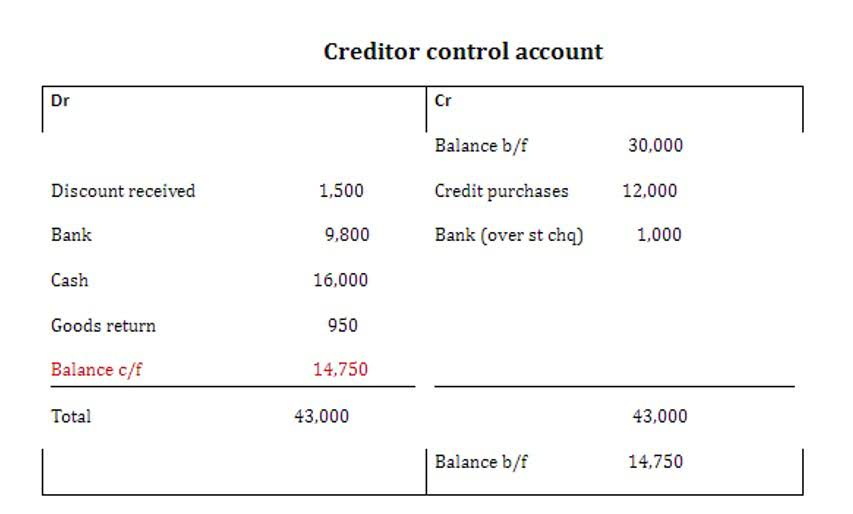
In this case, the applicable expense is debited, and accrued expense is credited. Understanding the meaning of each debit and credit can be tricky when you’re dealing with returns. In the next sales journal section, we’ll talk more about what each debit and credit means for the sale entry. If the customer takes the discount and makes the payment on October 10, 2020, the customer will receive a discount of $30 (1,500 x 2%). In other words, the account payable in the buyers’ book is reduced.

Create a Free Account and Ask Any Financial Question
While all companies maintain a single journal for bookkeeping records, some companies like to divide journals into multiple types which makes it easy to track down financial records. Some companies would have multiple sale journals for different types of products. These companies would keep multiple sales journals to track the sales of each product.
- The customer charges a total of $252 on credit ($240 + $12).
- Realistically, the transaction total won’t all be revenue for your business.
- So, if the company checks the inventory account or cost of goods sold after making the sale of $2,000, it will still show the old figures of the previous period.
- Like in a cash sales journal entry, you likely also will deal with sales tax.
- ABC Inc sold goods worth $1,000 to XYZ Inc on January 1, 2019, on which 10% tax is applicable.
How to Manage Accounts Receivable for Services Industry Company?

It should be noted that sales of goods are recorded in the sales journal. However, sales of assets such as land, building, and furniture are not recorded in the sales journal because they are sold infrequently. When a fixed asset is removed, the accumulated net sales depreciation account is debited, and the applicable fixed asset account is credited.

Financial Management: Overview and Role and Responsibilities

It is the summary of debits and credits of financial transactions with a note of which accounts these financial transactions will affect, maintained in chronological order. Passing the journal entries is very much required as they allow the business organization to sort their transactions into manageable data. A sales revenue journal entry records the income earned from selling goods or services, debiting either Cash or Accounts Receivable and crediting the Sales Revenue account. As it is not possible to know when or whether the customers will take the discount in the credit term, the company records the gross sales when it makes the sale on credit. Hence, when the discounts are taken by the customers, the company needs to make the journal entry in sales discounts account to have a fair presentation of net sales revenues.
Get in Touch With a Financial Advisor
- Hence, the inventory account will only show up in the inventory sale journal entry if the company uses the perpetual system.
- If the customer takes the discount and makes the payment on October 10, 2020, the customer will receive a discount of $30 (1,500 x 2%).
- It does not only record the cost of purchase, the sales journal entry also notes the date, time, sales tax, and so much more in the sales journal.
- Such entries are crucial for accurate financial reporting and analysis, providing insights into the company’s operational performance and financial health.
- Creating journal entries for each of your sales is an essential bookkeeping skill.
- The journal is a book of prime entry and the entries in the journal are not part of the double entry posting.
- In this case, the sales account is credited to record the credit sales for the period.
The entries above would be manually written in a journal throughout the year as business transactions occurred. These entries would then https://www.facebook.com/BooksTimeInc be totaled at the end of the period and transferred to the ledger. Today, accounting systems do this automatically with computer systems. Now that these transactions are recorded in their journals, they must be posted to the T-accounts or ledger accounts in the next step of the accounting cycle. Obviously, if you don’t know a transaction occurred, you can’t record one.